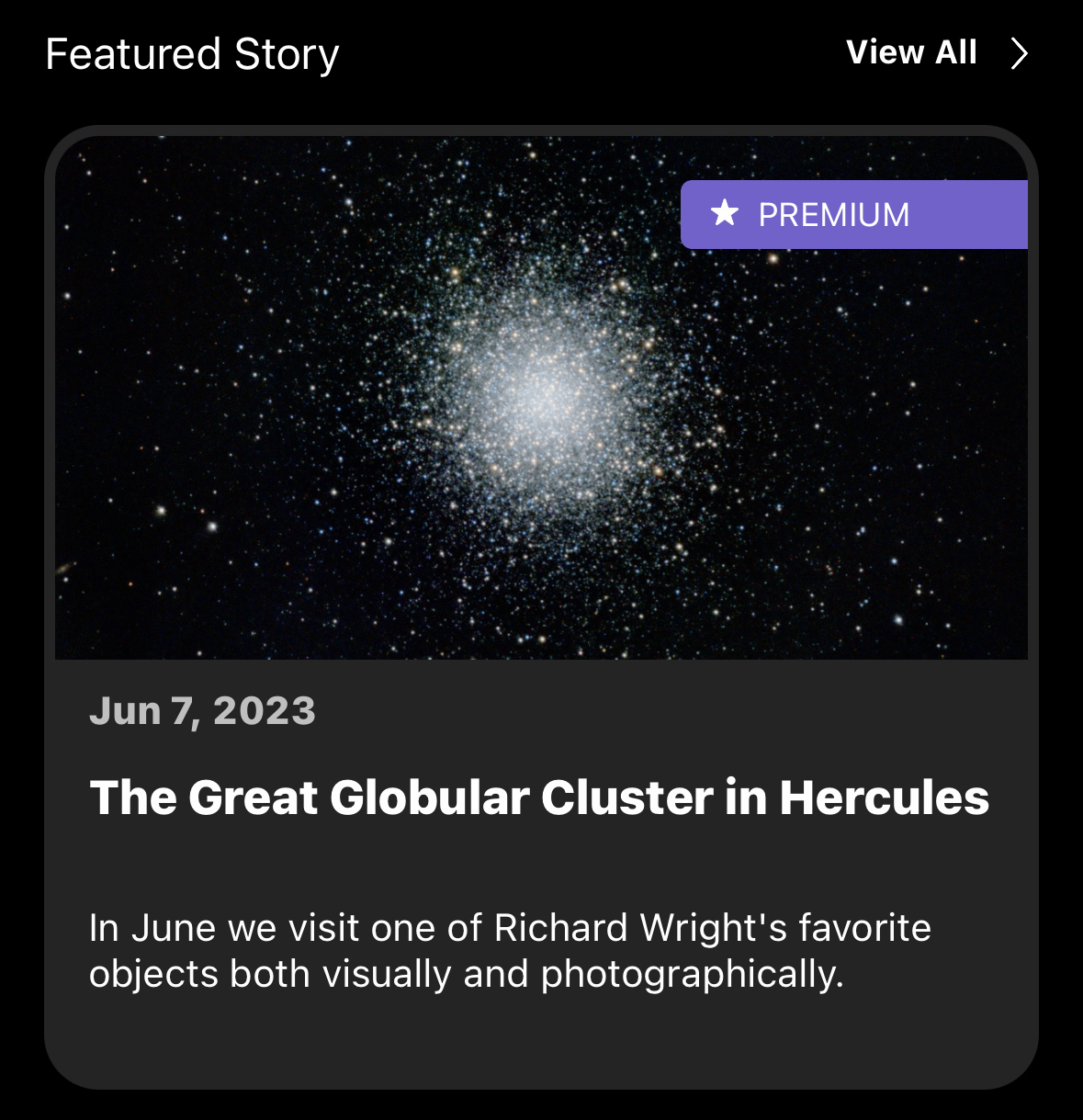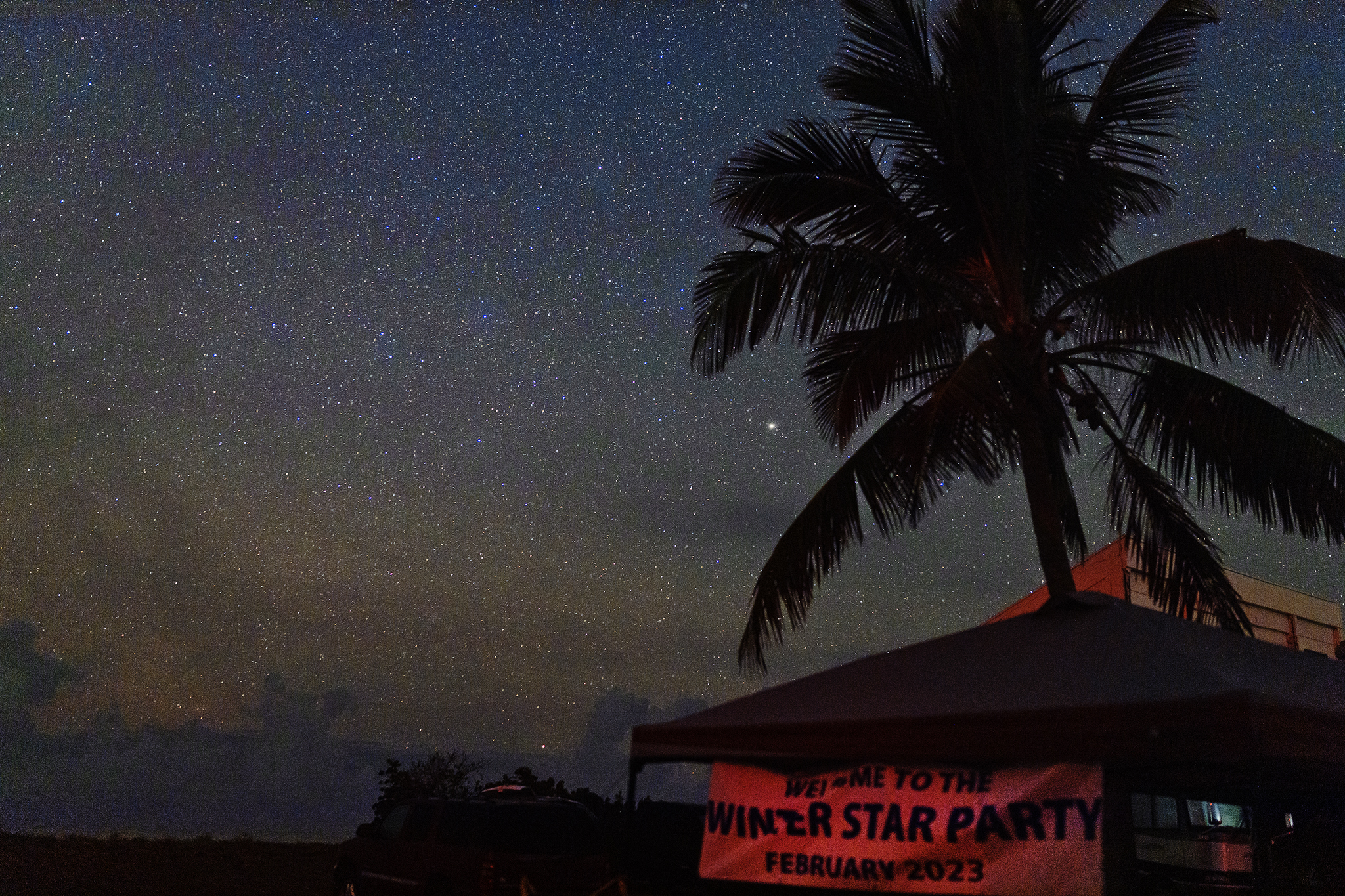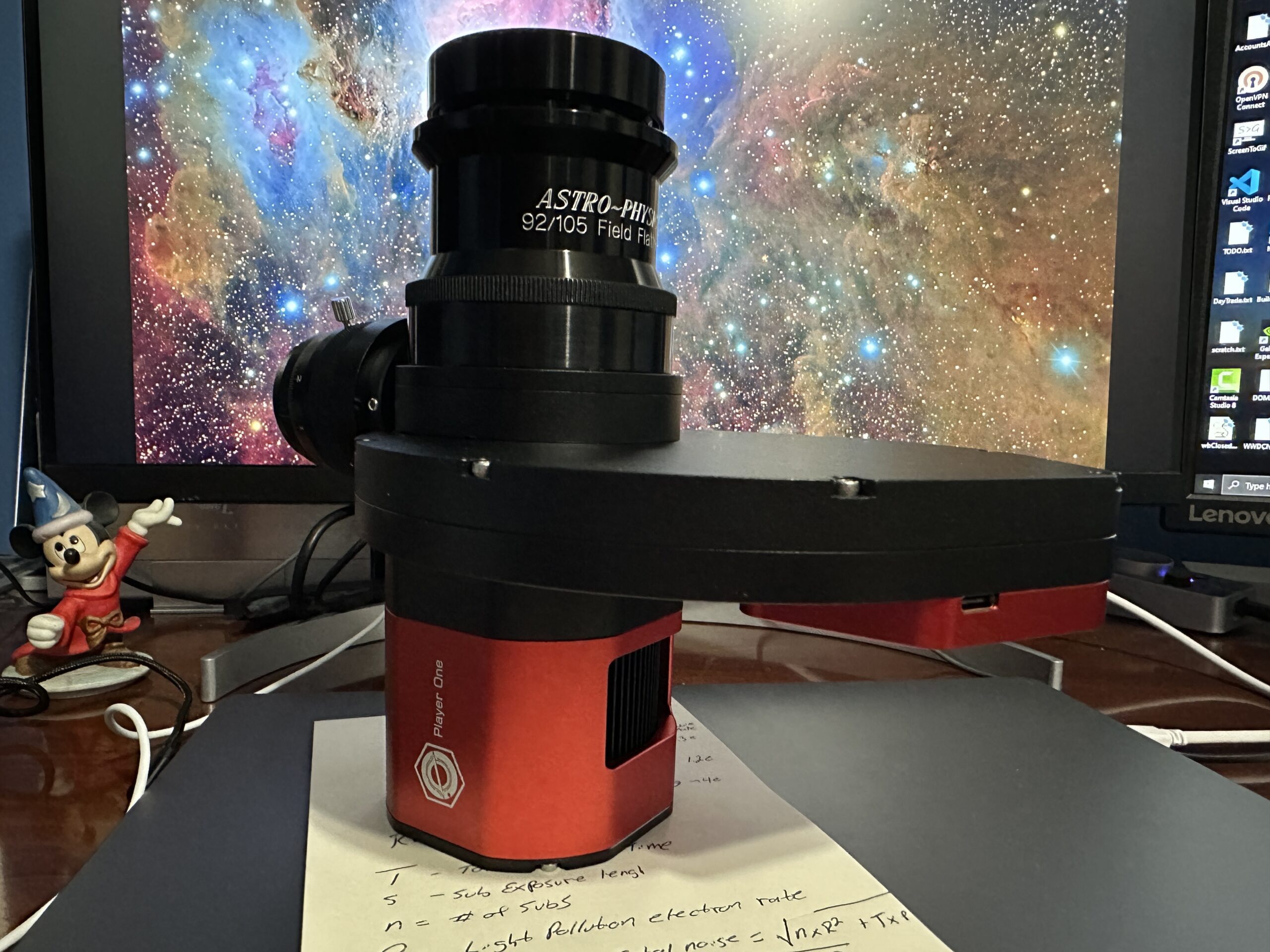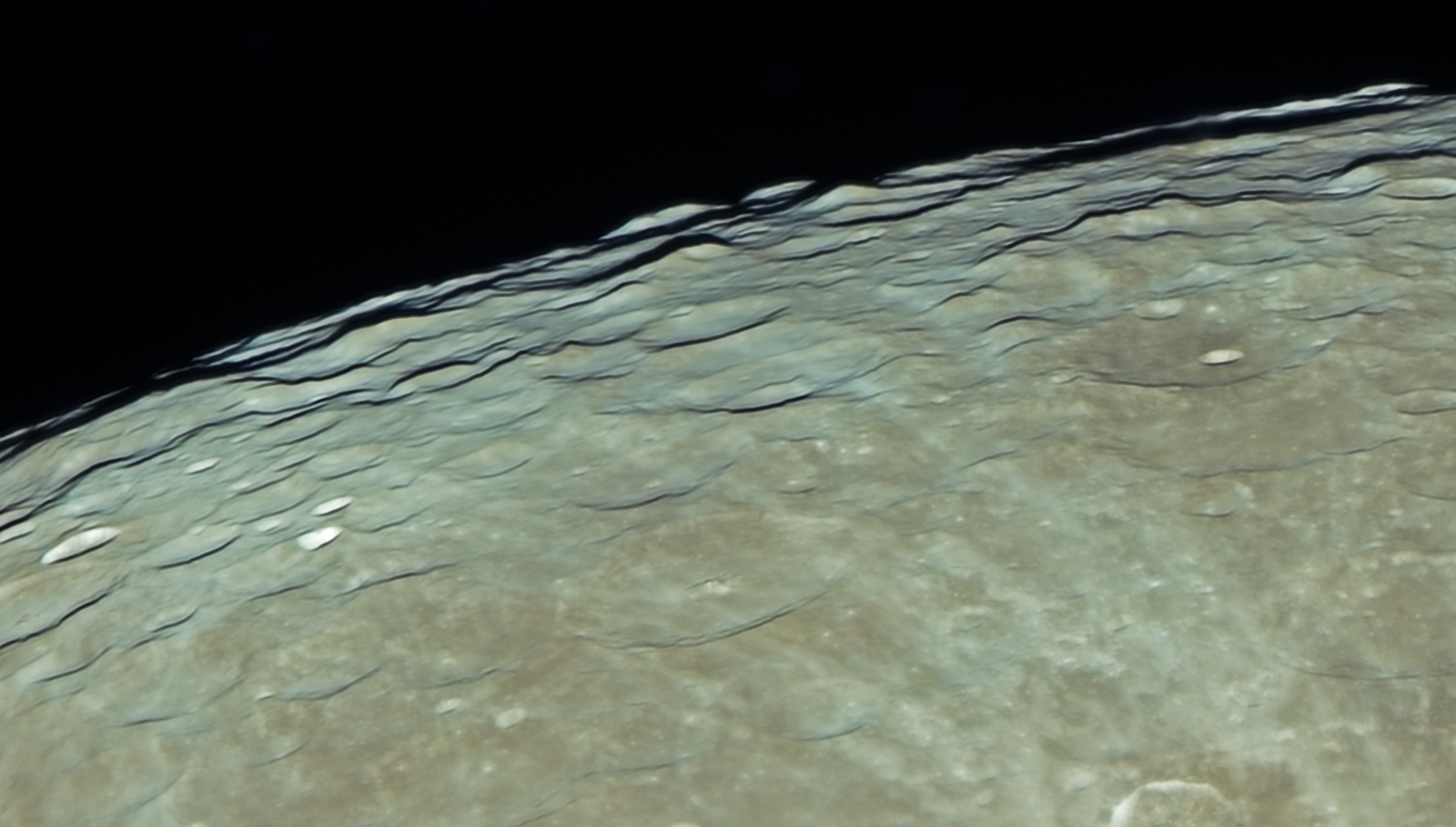Like a lot of photographers in North America, I’ve been making preparations for the total eclipse coming up in slightly over a month now from the time of this writing. I’m planning to take an arsenal of solar gear and spend a couple of days doing solar imaging with a variety of gear and techniques, and fleshing out some software I’m working on for lucky imaging to boot. This means I’ve been doing a lot of solar viewing and imaging in my back yard, and cycling through gear to make sure I have all the right adapters, spacing, etc. There was a very active region on the Sun (AR 3590) on the clear afternoon of February 27th and I had a chance to image it in white light and then just a few minutes later in Hydrogen Alpha. The difference is quite stark and I thought very illustrative.

The telescope was a Sky-Watcher Esprit 150 (still my favorite optic for just about anything), which I had on my Paramount MX+. The Paramount’s have the smoothest motion of any mount I’ve ever used for any kind of high resolution Solar or Lunar work, but back to topic. The top panel at right was taken with a 4x Powermate to get the image scale and focal ratio higher for the Daystar Quantum hydrogen alpha filter. I used a Player One ERF (Energy Rejection Filter) in front of the PowerMate. I don’t use a big ERF in front of the 6″ objective, but 6″ is about as large a refractor as anyone should dare use for solar without a larger ERF in front of the aperture. The camera on the back was Player One Apollo Max, and I shot about 5,000 frames, of which I used 20% for the final stack. The original image was monochrome, but I colorized it as most people (my wife especially) prefer to see a nice color image. The mad truth is the single wavelength of Ha is an electric pink, but the convention is to make these images yellow to conform with the public’s perception of what color the Sun should be.
Ha images are stunning. They show in stark relief how the gasses are flowing along magnetic field lines on the Sun’s surface. The darker areas are still quite hot and blindingly bright, but they are just ever so cooler than the surrounding areas, and the white areas are as you’d expect super hot and bright.
The bottom image was taken with a Starfield Herschel Wedge. A Herschel Wedge is a lot like a normal star diagonal you see on many telescopes, but it let’s the majority of the Sun’s light pass through it out the back. A tiny portion is reflected up towards an eyepiece or camera for viewing. It simply dims the Sun, so you see the Sun as it actually appears, just a lot less bright and hot. Not using a filter like this would blind you instantly, or melt your poor camera before you could hope to get a shot off.
I still used a 4x PowerMate and the monochrome Player One camera, but replaced the Player One ERF (which is tuned for Ha imaging) with a standard UV/IR filter. The Herschel Wedge does not need this normally for visual work, but when doing photography, it eliminates some of the stray light that would be out of focus. The result is a “White Light” image of the same region. You can still see some of the same overall structure of the region, but you are not seeing the effects of the magnetic field lines that are more pronounced in the hydrogen bandpass.
The true color of the bottom image is actually… white. The Sun appears white in space, and even on Earth when directly overhead. It’s hard to tell of course because well, looking at it long enough to study it’s color would of course blind you! Still, I chose to colorize it for aesthetic purposes to match the image above. Scientifically, the images represent the structures accurately (even the limb darkening at upper left is real), but the colors are for taste alone.
I hope you can forgive my creative license (or shameless conformity), and enjoy seeing the difference between these two common ways to filter and view or photograph the Sun.
























